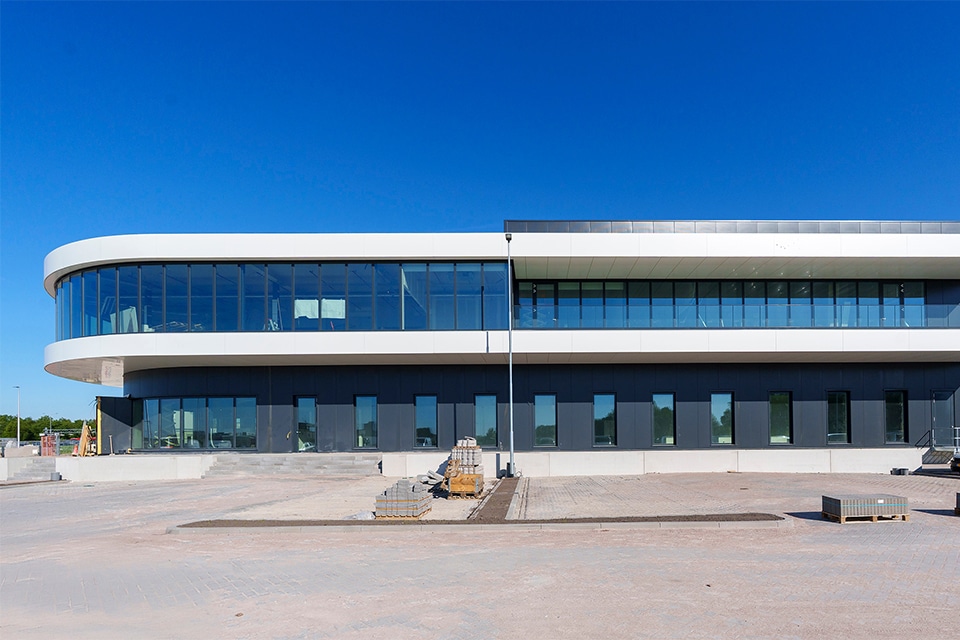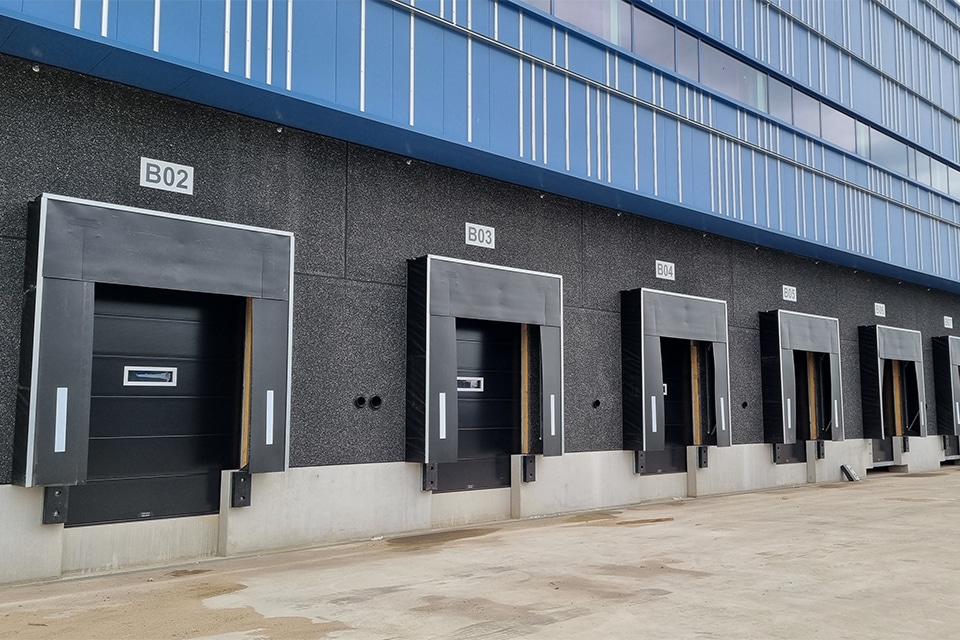
Traditional and new technologies for warehouse storage
Daring to go against trends
Companies that want to optimize their material flow are often interested in 'the newest technologies'. Unfortunately, they often overlook the traditional technologies, which have already proven their robustness, are free of teething problems and have been optimized. "Because these optimisations are often inconspicuous, many companies think that older technologies have stood still in time, but nothing could be further from the truth", explains Steve Vercammen, Sales Manager Logistic Solutions at SSI SCHAEFER.
A good example is found in our pallet warehouses, Vercammen says. "Traditionally, pallet cranes are used for this, which are equipped with telescopic forks for 1-2-3 pallets deep. Today, however, many machine manufacturers are promoting the pallet shuttle, which can drive into a deep channel. SSI SCHAEFER also offers various solutions for this, such as the SSI Orbiter, the ESS and the E4S pallet shuttles. Shuttles are moved to a different pallet storage level or not. Such shuttles look much more dynamic than a robust crane, giving the impression that this is much faster and more efficient."

That sounds logical. Isn't it, then?
"The answer is: sometimes yes, often no," said Vercammen. "For applications with many different products (Stock Keeping Units) relative to the number of pallet spaces available, a 1-deep or 2-deep crane system simply remains the best solution. In this case, the SSI Exyz cranes are even by a wide margin the best technology to deploy. The SSI Exyz cranes operate 100% independently: no communication is required between the elevators and shuttles or between the shuttles themselves. In addition, they can go up to more than 40 meters high and cover very long distances, without the risk of communication loss due to weak or disturbed Wi-Fi signals."
In recent years, SSI SCHAEFER has worked hard on energy recovery when braking or lowering loads, explains Vercammen. "An additional major advantage of the cranes is, for example, equipping them with cameras. Especially in high warehouses, it offers a huge advantage that you can make a good estimate from the ground of what might have gone wrong high above. Maintenance and repairs are also very easy to perform from ground level, whereas with many shuttle systems you need a shop floor at each level. On top of that, an SSI Exyz crane is so robust and simple in design that it rarely breaks down."

But surely there must be situations where shuttles have an advantage?
"Most definitely! That is also why SSI SCHÄFER is a key account for EUROFORK shuttles, one of the most experienced shuttle manufacturers. For example, with low buildings or buildings with hard-to-reach areas, you have the great advantage with ESS or E4S shuttles that you can optimally arrange the areas to have as many pallet locations as possible." Another advantage is the scalability of shuttles, says Vercammen. "You can add shuttles according to the growth you experience. But therein lies the trap at the same time. Because what's the use of having a higher speed in your strike/strike if the rest of your automation is not geared to that? Or what good is it if your shuttles take a long time to move pallets out of the way first, in order to get to the pallet you want? In times when energy is so precious, one must consider this!"
So there is a market for traditional as well as new technologies?
Vercammen nods affirmatively. "Hence also the choice for the title of this article. Don't focus on technologies from the start. First perform a data analysis and determine your needs, your sensitivity to faults, your ecological footprint and your acceptable service costs. We at SSI SCHAEFER will then tell you in complete transparency which technology best suits this, so that as a user you achieve optimum ROI. In other words: Think solutions, not products."
Advantages of SSI faucets
- High altitudes accessible (>40 m)
- Best and fastest solution for 1 or 2 pallets
deep warehouses - Robust, modular and low maintenance
- Maximum regeneration of energy
- Suitable for ambient, refrigerated and frozen environments
Advantages of SSI shuttles
- High altitudes accessible (>40 m)
- Number of shuttles can grow with need
- High technology and low maintenance
- Maximizing the number of pallet spaces, especially with irregular layout shape
- Suitable for ambient, refrigerated and frozen environments
Heeft u vragen over dit artikel, project of product?
Neem dan rechtstreeks contact op met SSI SCHÄFER B.V..
 Contact opnemen
Contact opnemen




